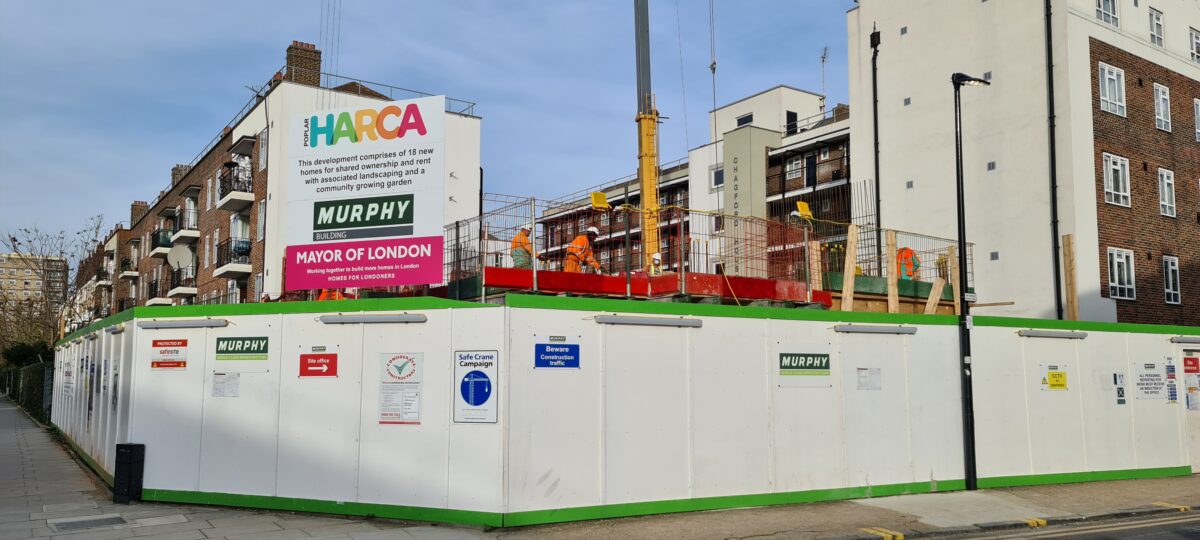On 24 July the Regulator of Social Housing (RSH) published its first regulatory judgements (RJs) on the performance of two registered providers of social housing (RPs) following inspections under the Social Housing (Regulation) Act 2023. Watford Community Housing Trust (WCHT with 5,200 homes) and Nottingham Community Housing Association (NCHA with 10,500 homes) both secured a C1 grading, meaning they were judged as meeting the outcomes of the Regulator’s consumer standards.
The C1 judgement states:
“that overall the landlord is delivering the outcomes of the consumer standards. The landlord has demonstrated that it identifies when issues occur and puts plans in place to remedy and minimise recurrence”.
Consumer ratings today are very different from the verdicts of the Audit Commission in the 2000s. We are not talking about the delivery of ‘excellent’/’three star’ services identified by the Commission under its inspection regime. While organisations will have the accolade that they are meeting the standards, they will not have the kudos of being able to call themselves ‘excellent’.
The reports offer scant detail about the quality of services and do not provide the evidence the Regulator holds that the standards are being met. As we were advised during the development of the new framework, inspection reports are intended to mirror those produced following in-depth assessments (IDAs) in the housing association sector covering the economic standards. Consequently, the reports are extremely short and are simply a summary of the inspection findings. The NCHA report runs to just 522 words and the WCHT report is even shorter at 365 words.
Looking at inspection methods from other sectors gives us alternative reporting models which RSH could learn from. Both Ofsted and the Care Quality Commission (CQC) produce much longer reports following inspections. More importantly both regulators use templates that summarise the inspection findings and promote consistency in reporting. The RSH may face pressure to revisit its narrative approach as tenants (and other stakeholders) struggle to draw comparisons between the performance of different landlords.
Will the inspection reports for large providers be longer than those generated for smaller landlords? The first such reports have examined the performance of relatively small providers. Blanket positive conclusions about the performance of large providers with significant geographical spread may be challenged by groups of tenants who may feel that they do not reflect the level of service they receive from their landlord in their area.
The NCHA and WCHT reports set out how the providers have assured inspectors that the consumer standards have been met. However, there are no links to key public documents such as tenant satisfaction measures (TSMs). To improve transparency and accountability, the RSH should consider publishing up-to-date TSMs as part of its inspection reports.
Focusing specifically on TSMs, and taking WCHT’s satisfaction scores as an example, some commentators might be surprised to see the Watford-based provider secure a C1 rating while all its 12 satisfaction scores (bar one) were less than the median score achieved by 196 housing associations in the LOCARLA dataset. This effectively confirms that there will be no clear read across between TSM scores and the ratings that providers will secure following an inspection.
WCHT and NCHA were both due a scheduled inspection, having each had IDAs in 2020. In both reports, all four of the consumer standards were subject to assessment by inspectors. Will this approach be repeated for future inspections? The RSH affirms its risk-based approach to regulation. It might be expected that inspections would be more focused where a document review and the TSMs (for instance) have shown that the inspectors should concentrate on, say, the poorly performing services.
The judgements for NCHA and WCHT, based on consumer inspections, can be compared with the RJs delivered earlier in the month for four providers deemed as failing the standards. The four RPs were each given a non-compliant C3 consumer rating, which means there are “serious failings in the landlord delivering the outcomes of the consumer standards and significant improvement is needed”.
We are now seeing the outputs of the new regime for consumer regulation over seven years since the Grenfell Tower disaster precipitated the wholesale change in state oversight of social housing. A key question arises as the various reports emerge from the RSH about the performance of individual providers against the consumer standards. Will the reports give tenants and other stakeholders the insight they need into the performance of providers? Will the reports make providers more accountable for the services they deliver to their tenants? It is noteworthy that the RSH reports score on the cusp of ‘very difficult to read’ for readability[i]. That suggests they are intended more for professionals than the general public.
The RSH is starting to roll out the new regulatory framework for social housing providers just as a new government takes over. Ultimately what will ministers make of the nascent regulatory framework? Will they deem it ‘fit for purpose’? We already know that in the health and care sectors the role of the Regulator has been criticised by the new Secretary of State.
But given the in-tray that the new housing ministers face, an immediate review of the regulation of social housing providers is unlikely.
An earlier version of this blog was published by Housing Quality Network
[i] Flesch reading ease scores of around 30-33, listed as ‘difficult to read’ with scores below 30 ‘very difficult to read’



